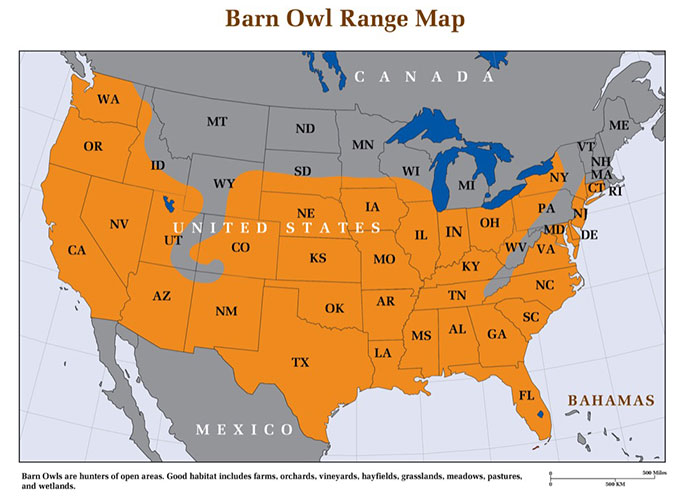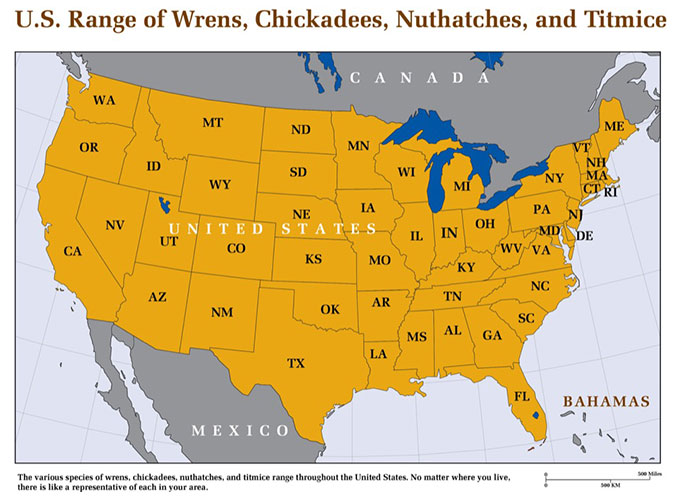Free Shipping to the Contiguous United States
How and Why to Add Bedding to Barn Owl Nest Boxes
How and Why to Add Bedding to Barn Owl Nest Boxes
It seems that almost every aspect of maintaining barn owl nest boxes generates differing opinions; and how and why to add substrate to nest boxes is no exception.
One source of confusion comes from the fact that barn owls, unlike most birds, do not carry any bedding to their nests. On the surface, this would indicate that they do not need humans to add substrate to their nest boxes. Adding to the confusion is that barn owls do cough up pellets of fur and bone that accumulate on the floor of a nest. This also leads people to believe that these pellets negate the need for any additional nesting material. But there are some very good reasons to not rely on pellets for substrate.

For millennia, barn owls have nested in tree cavities. Such cavities had floors of soft, uneven wood and generally provided a fairly stable surface for the eggs to remain in place. But wooden and plastic nest boxes such as ours have hard, smooth floors and eggs roll readily around on such surfaces. Also, as the hen moves around, she can damage the eggs accidentally. Installing a nest box and not providing substrate means that when the hen begins laying, most of the floor will be bare and therefore dangerous to the eggs. Relying on pellet production is also not a good idea since the hen will produce only one or two pellets in the nest box per day. That is not enough to provide ample bedding to protect the eggs by the time the hen begins laying.
So, the answer is that three to four inches of bedding should be strewn across the entire floor of the nest box. Fine material such as laboratory bedding, sawdust, ground corn cob, or shredded wood should be avoided. The reason for this is that when the hen tears apart prey to feed to the youngest chicks, pieces of fine bedding can stick to the prey and then be ingested by the chick. Therefore, large pieced mulch such as garden mulch is perfect. This can be hardwood, pine, fir, or many other types of wood. Cedar is best avoided because it emits irritating fumes.
One year, my team of researchers in California could not re-bed our 25 nest boxes on our study vineyard in time for the beginning of breeding season. When we finally did get the opportunity, we found that most of the nest boxes that had eggs in them already also were ones that still contained a good amount of bedding. And nest boxes that had mostly bare floors did not–indicating that hens had rejected these nest boxes in favor of those that had a good amount of substrate. So, the barn owls themselves proved the point.








